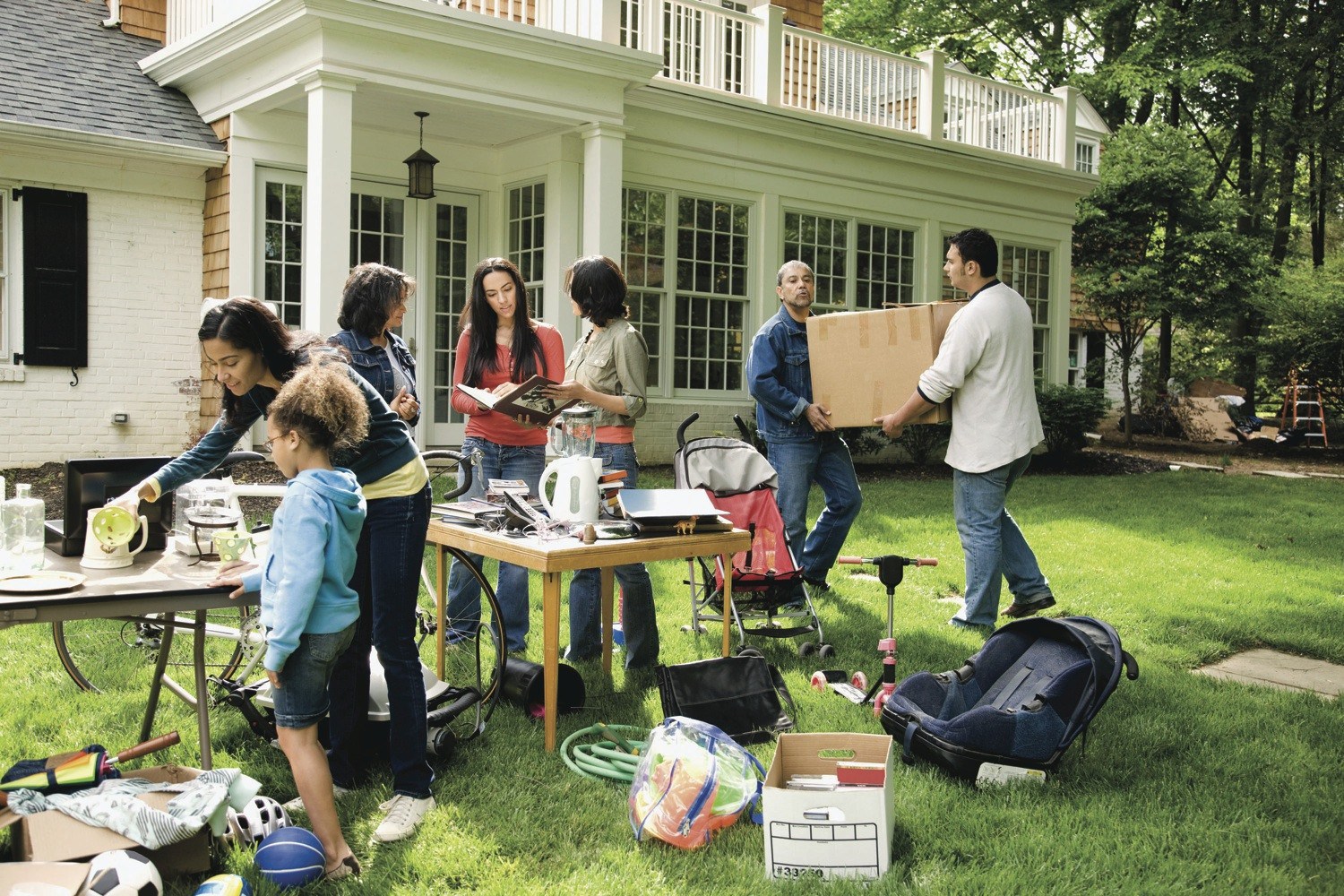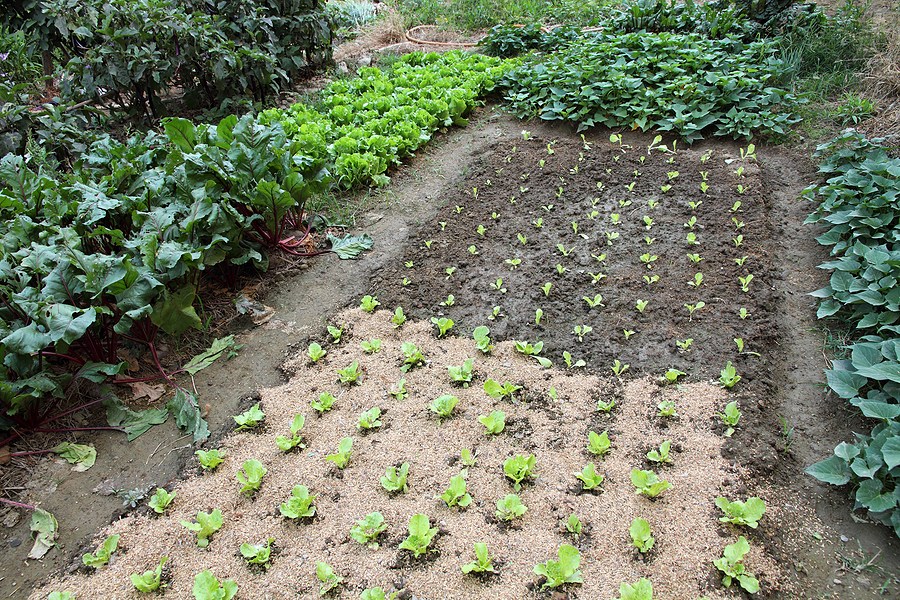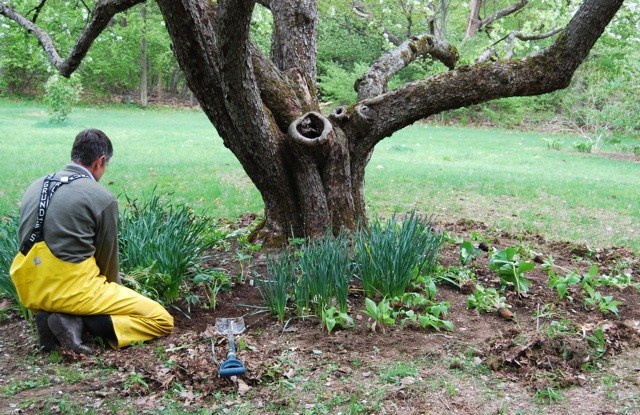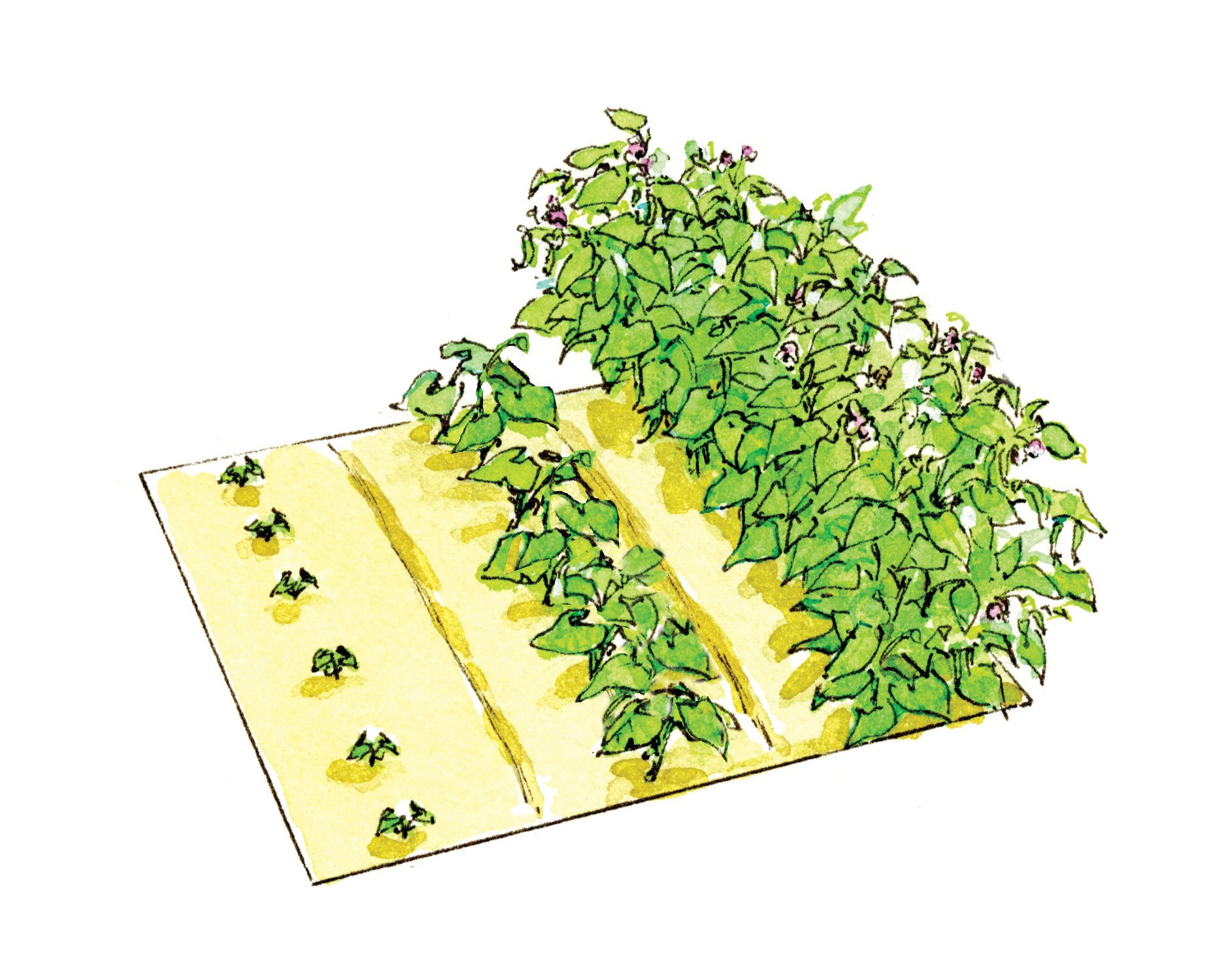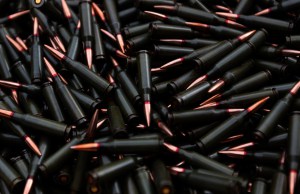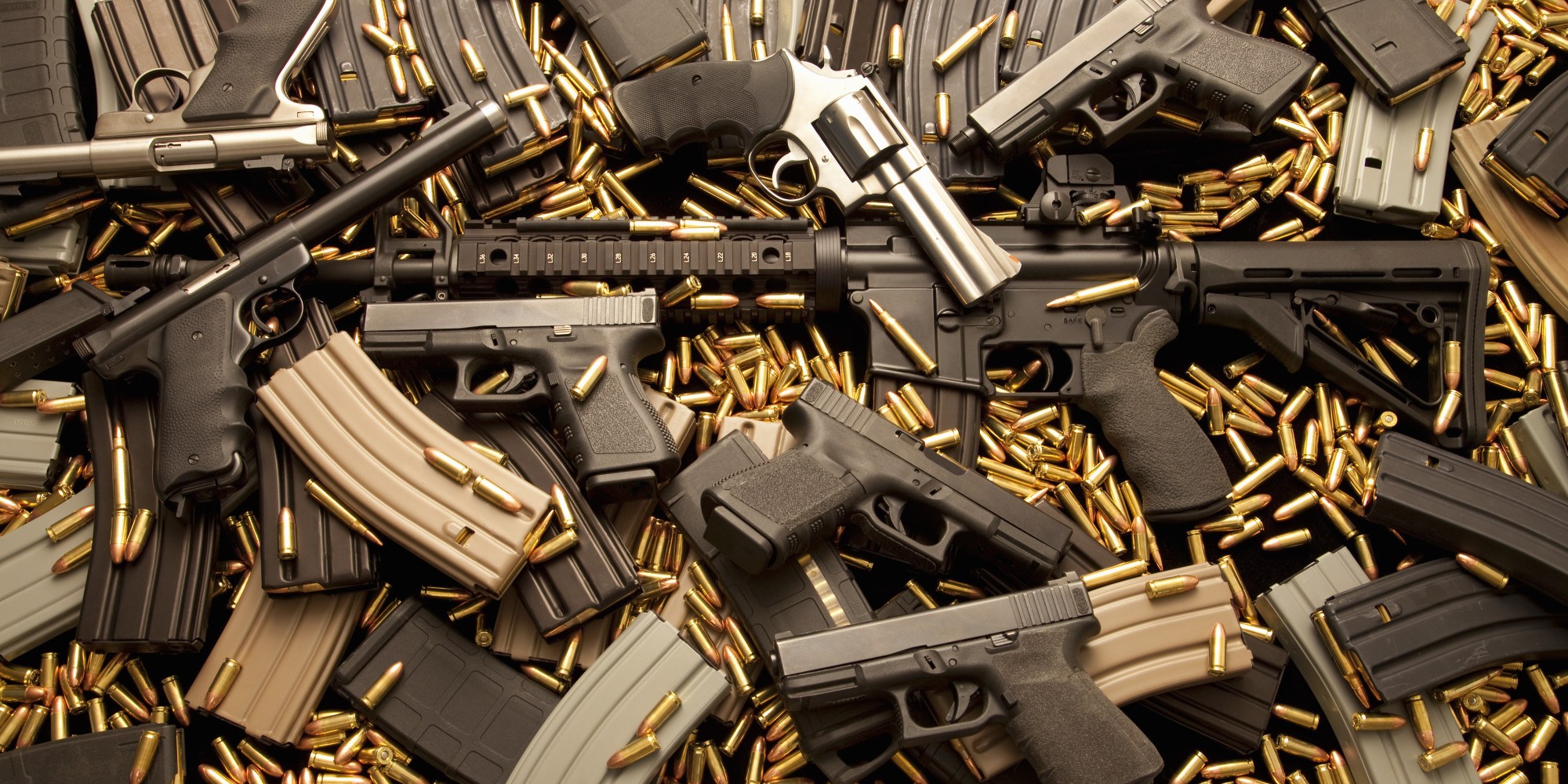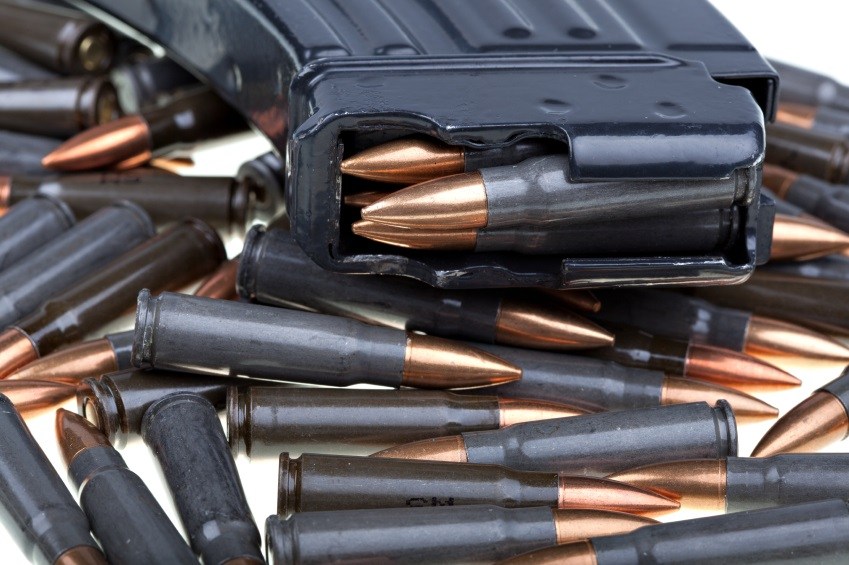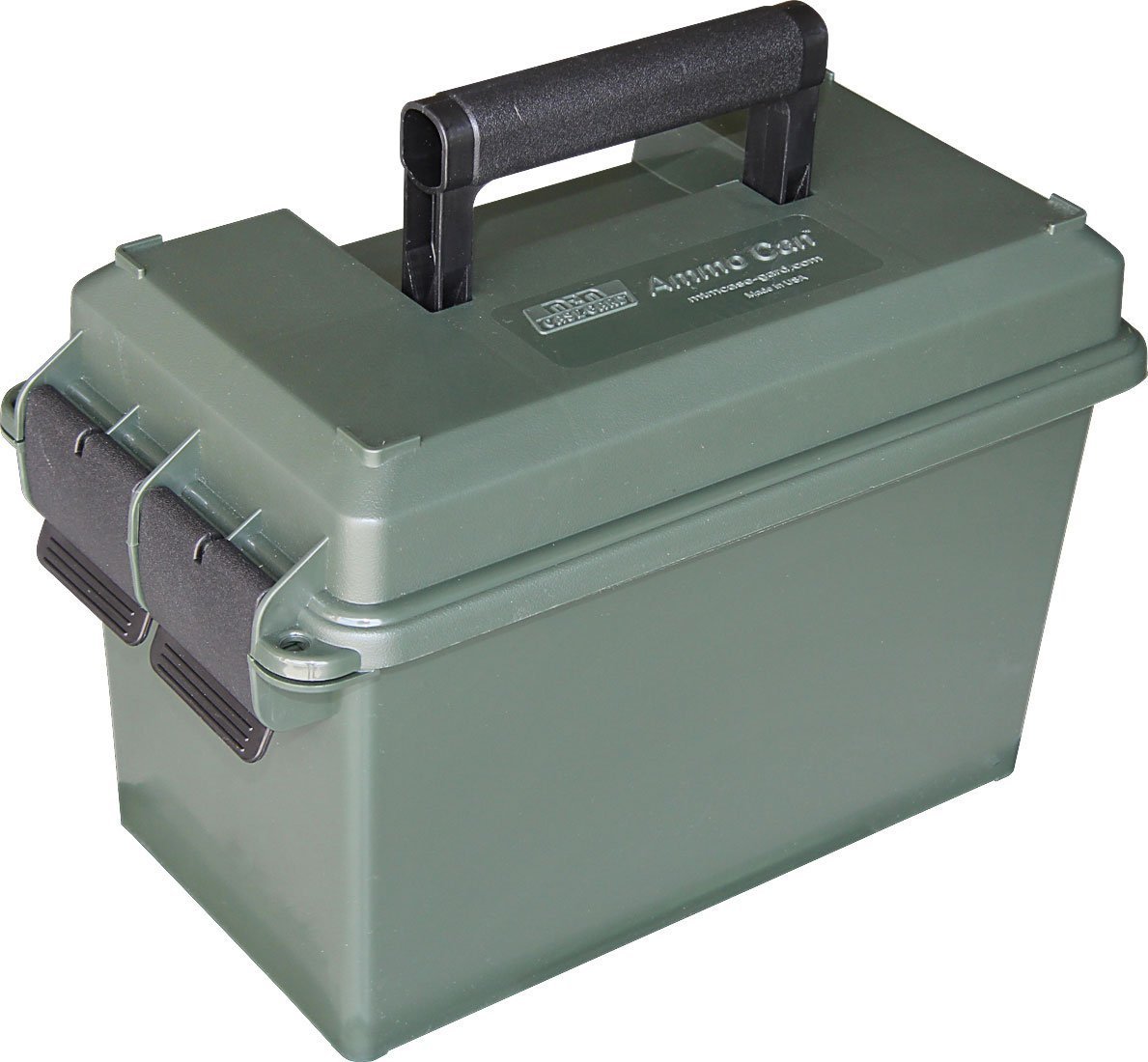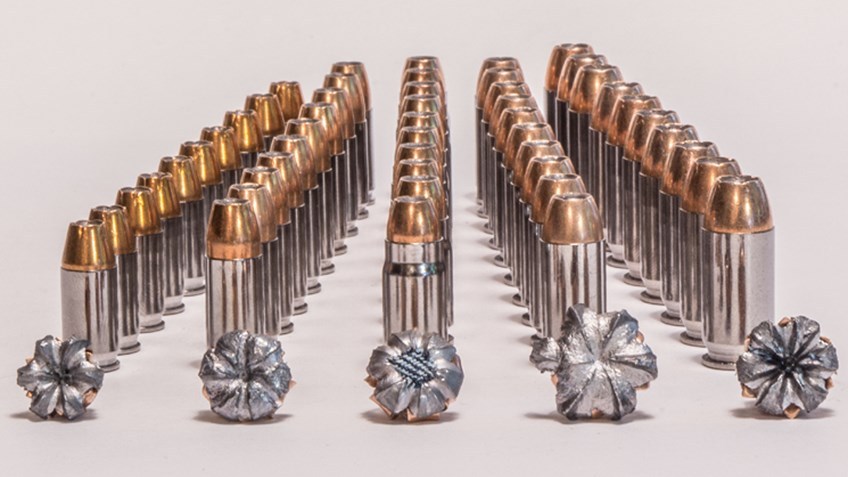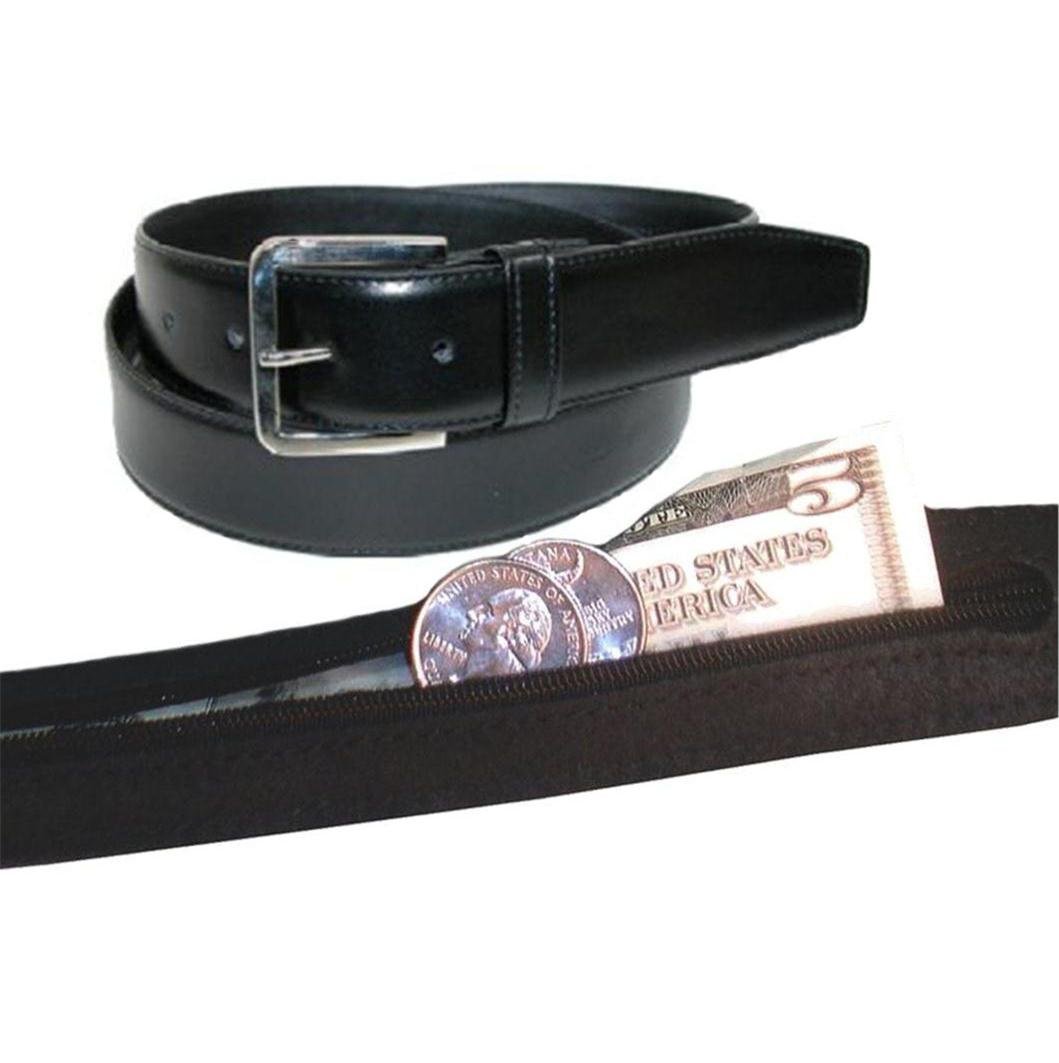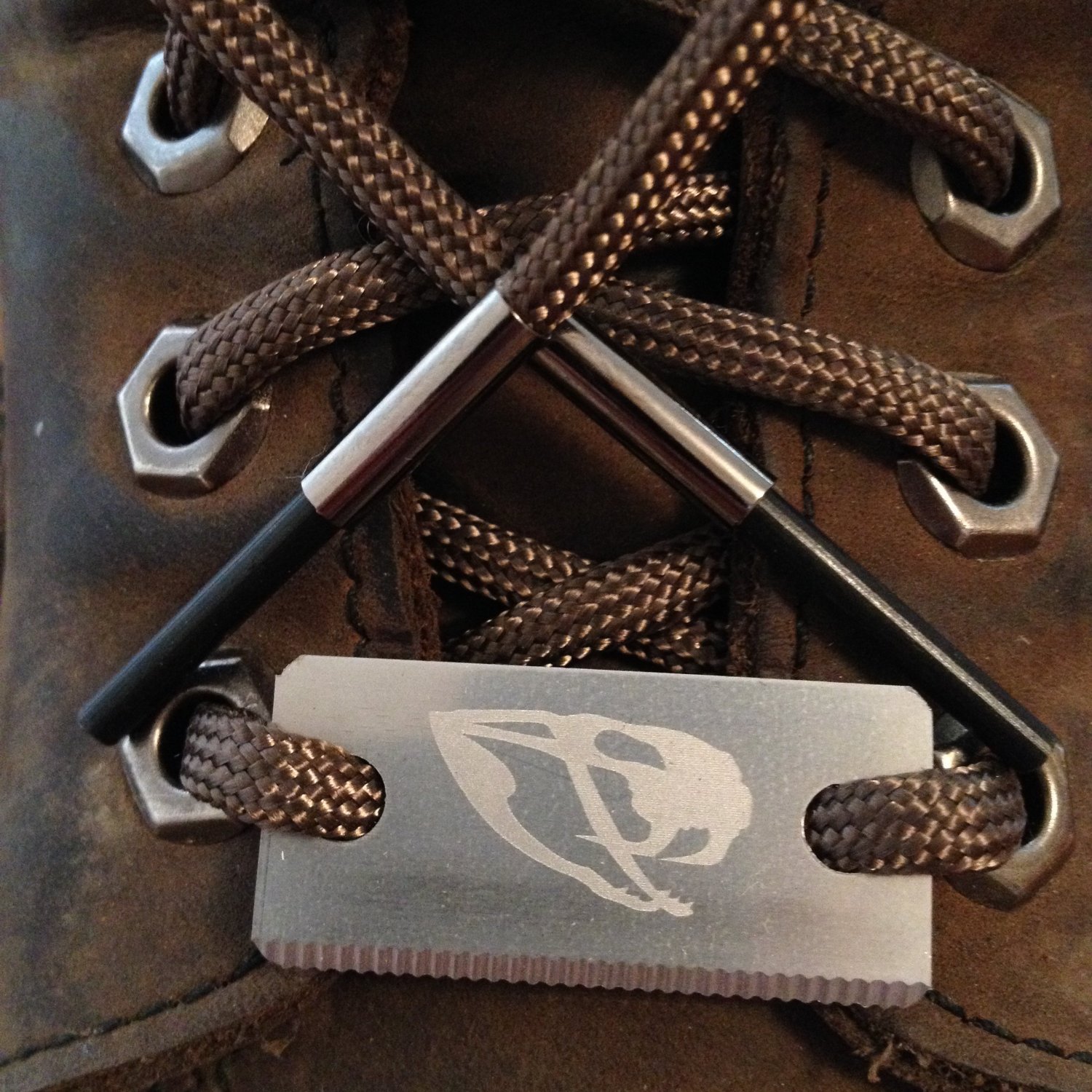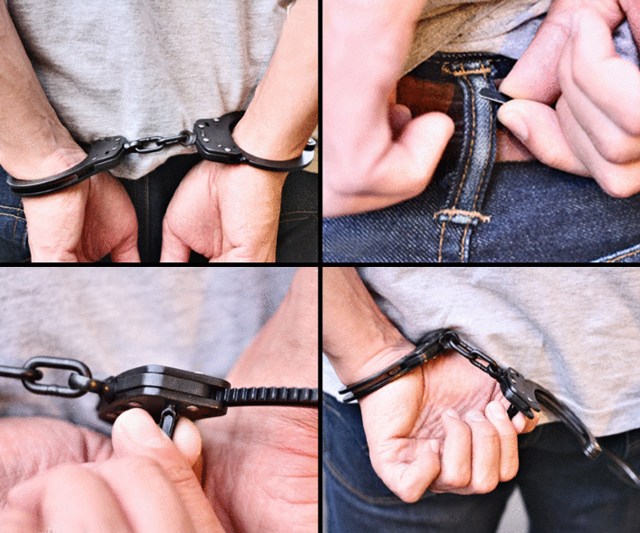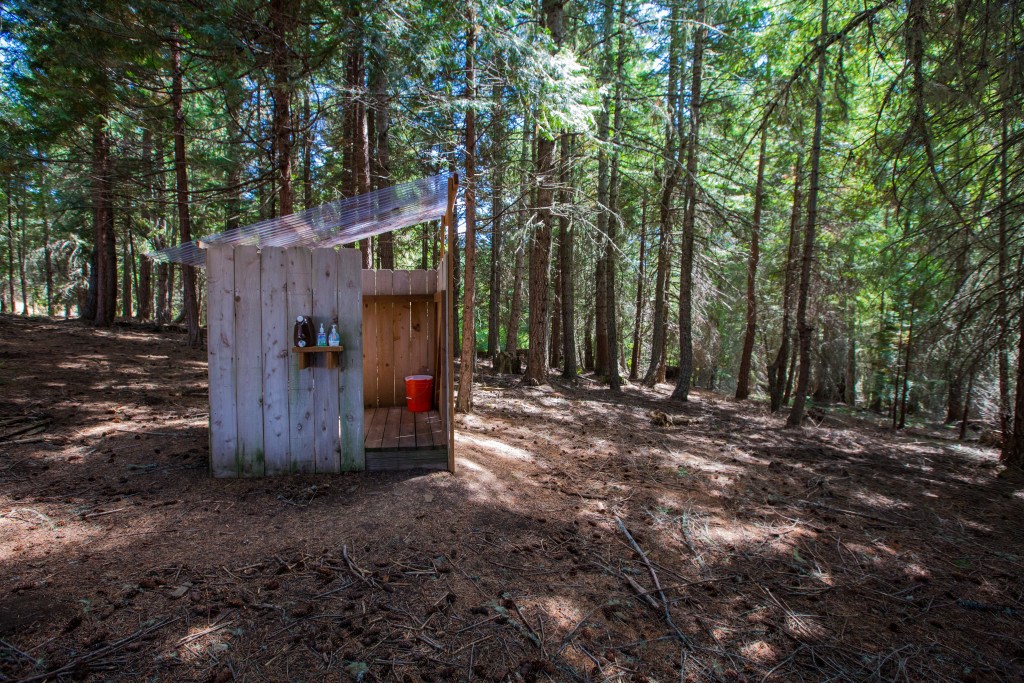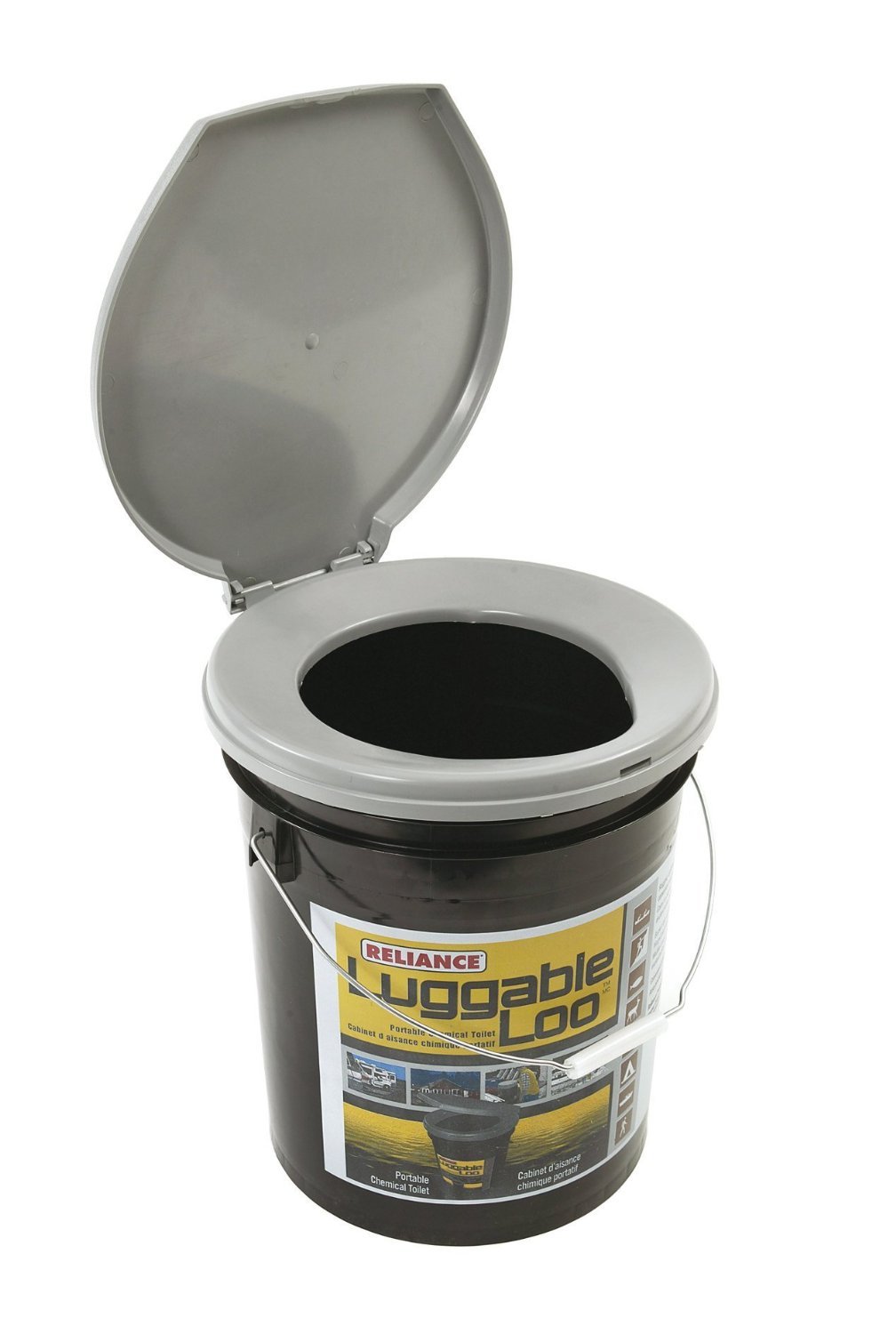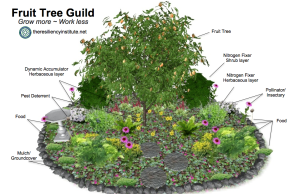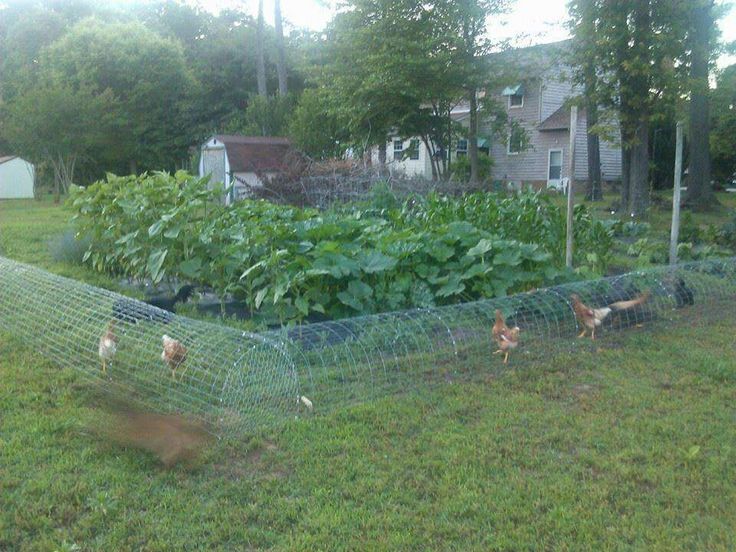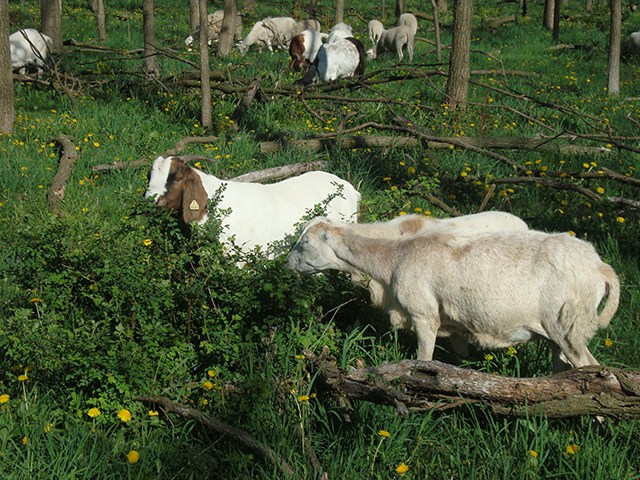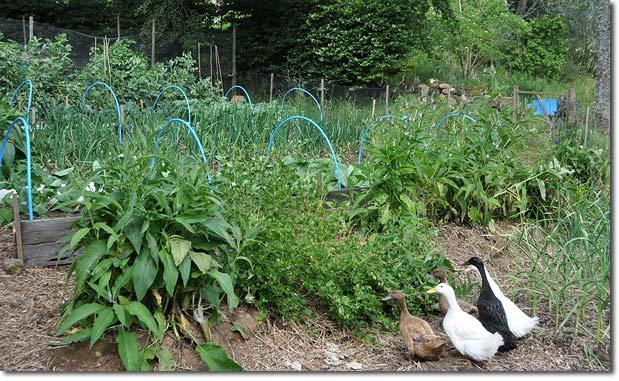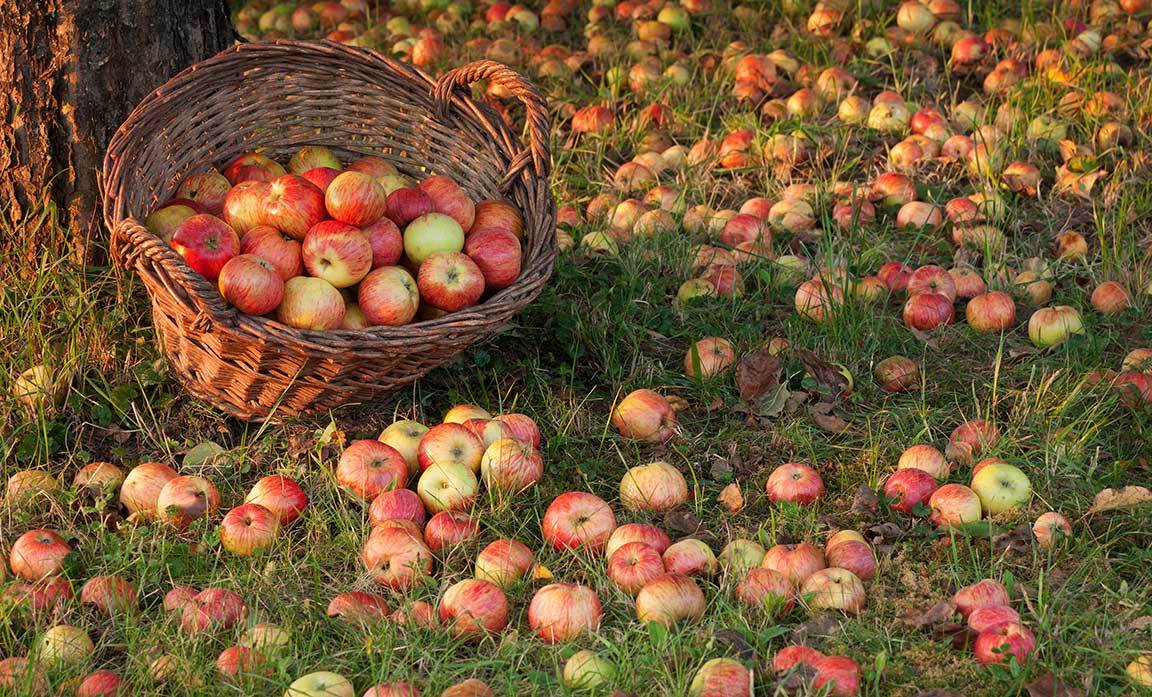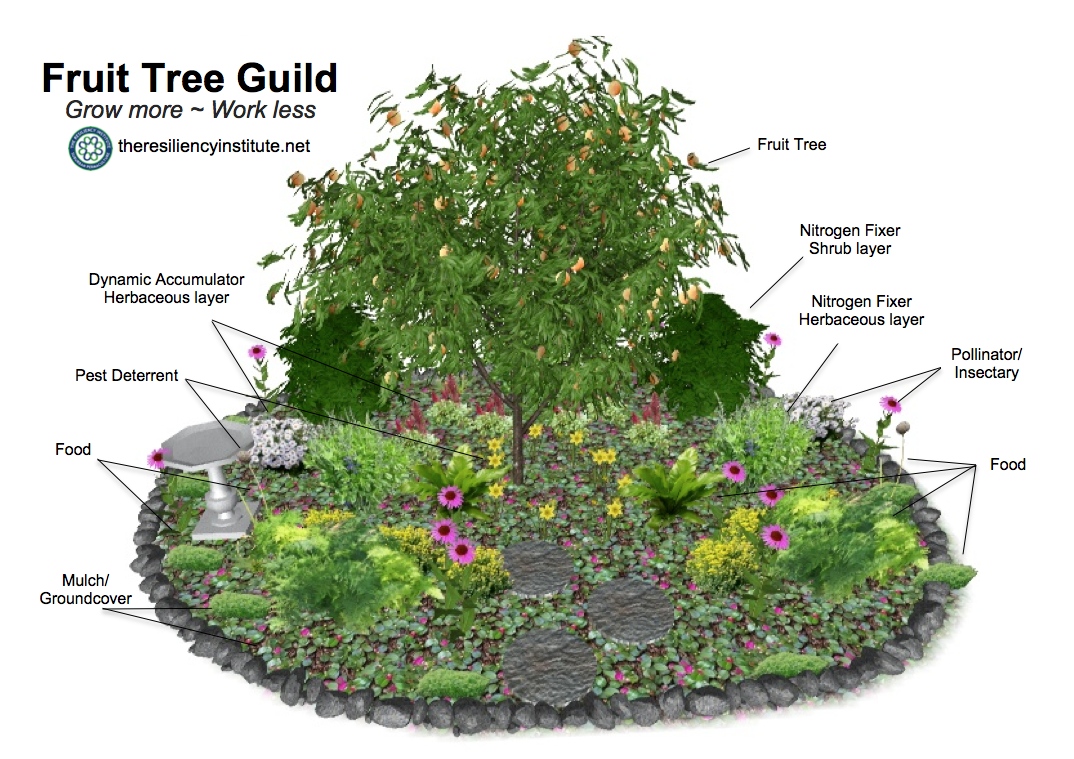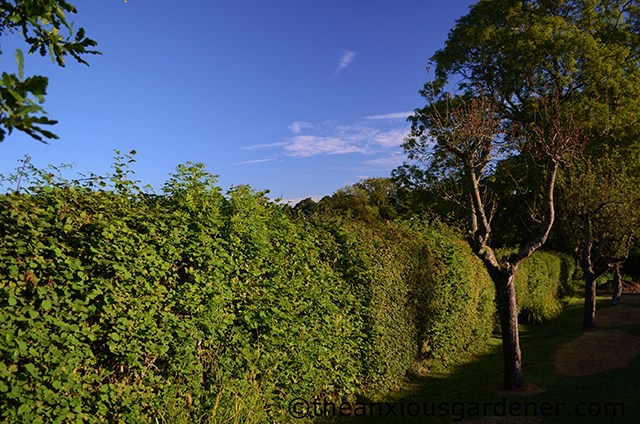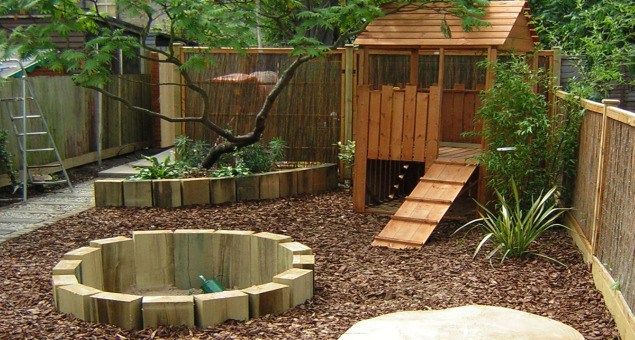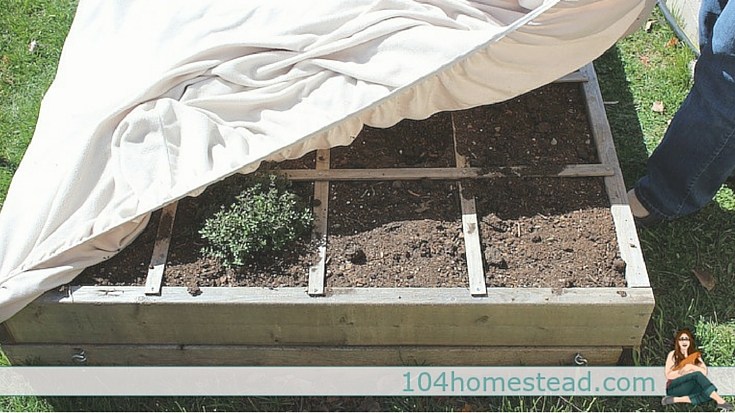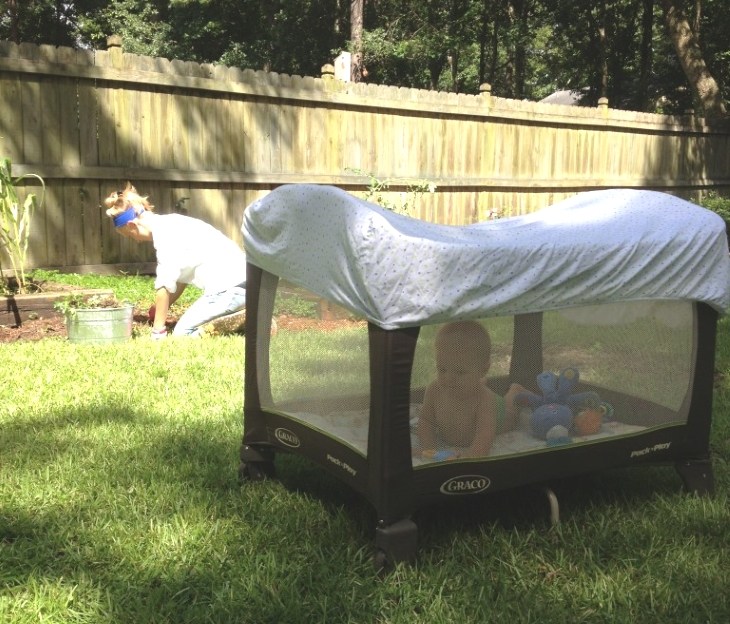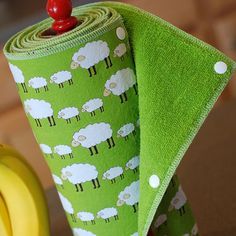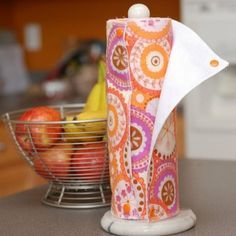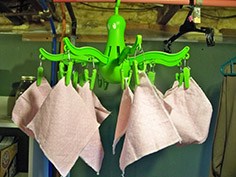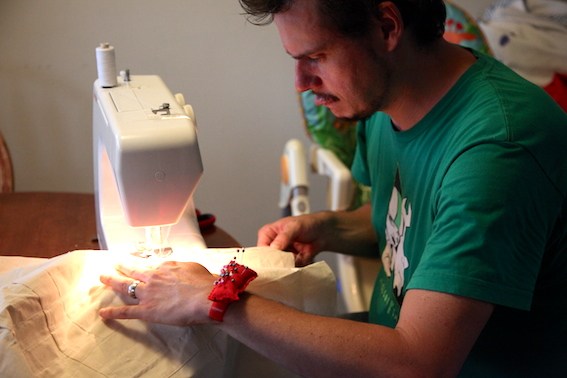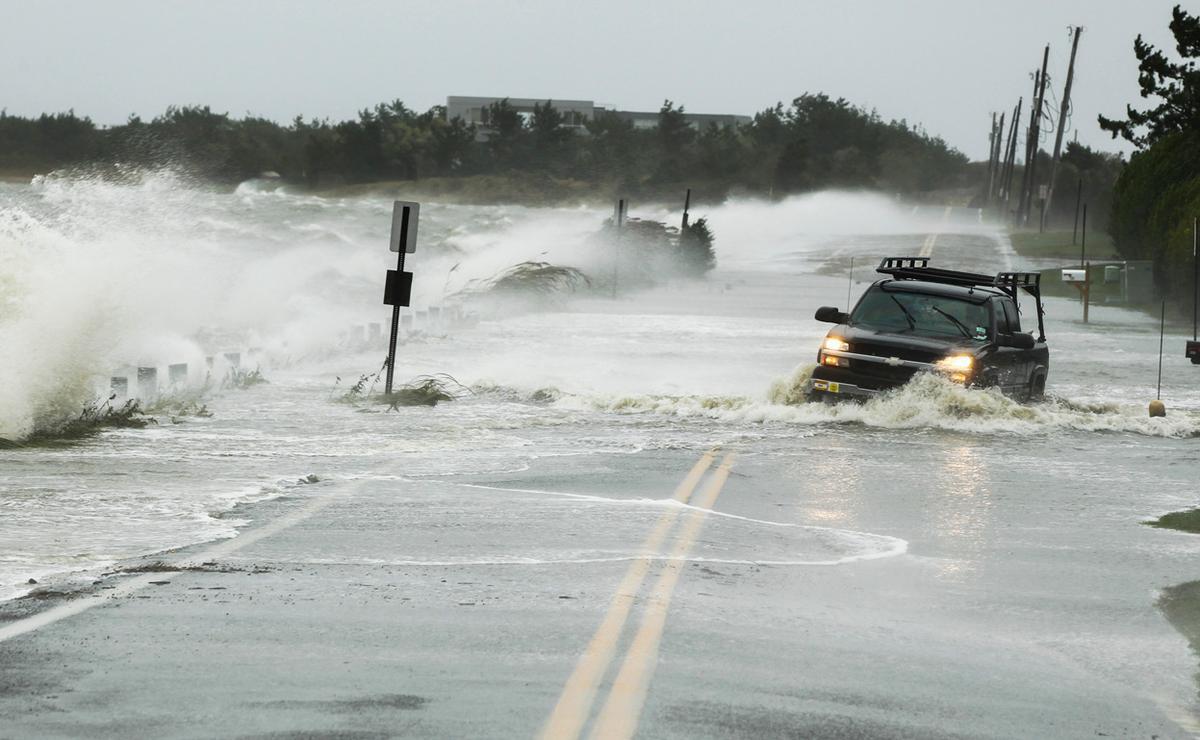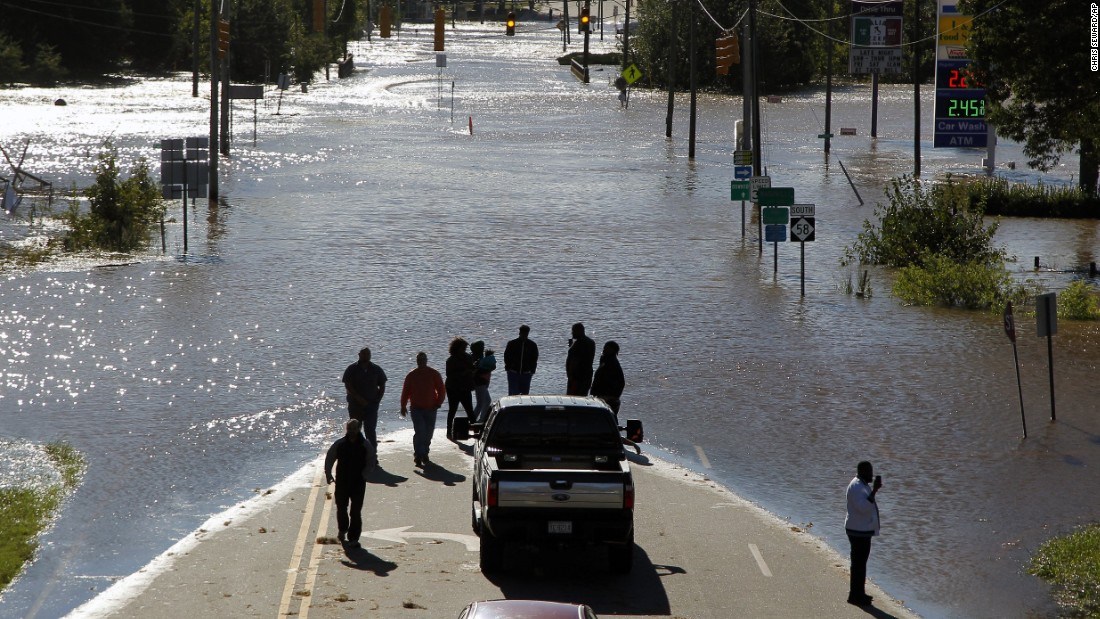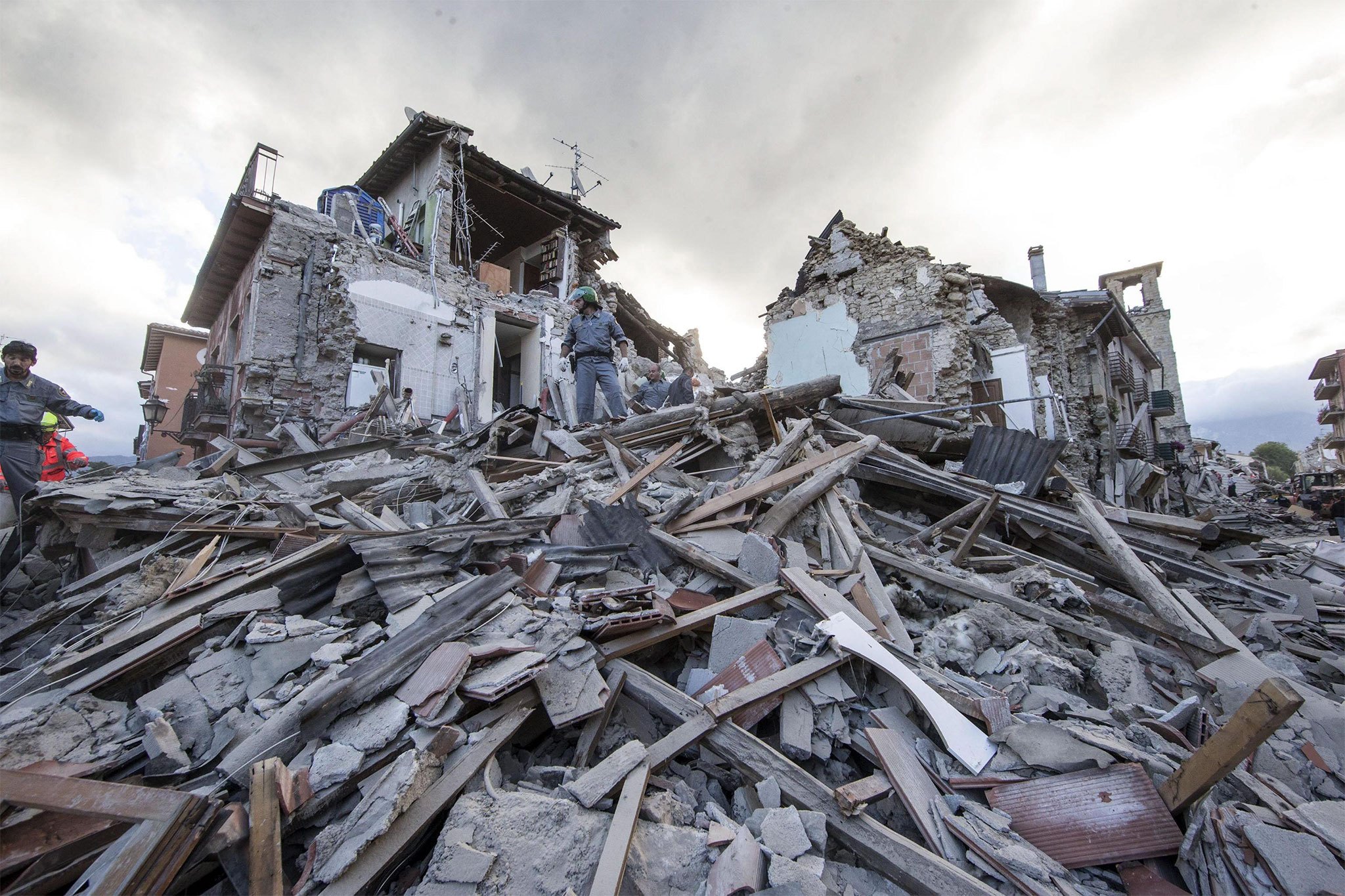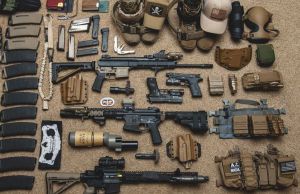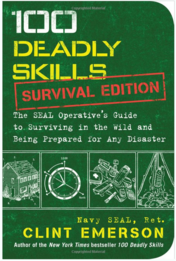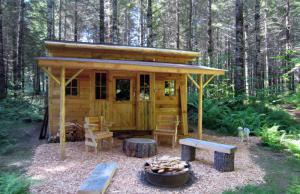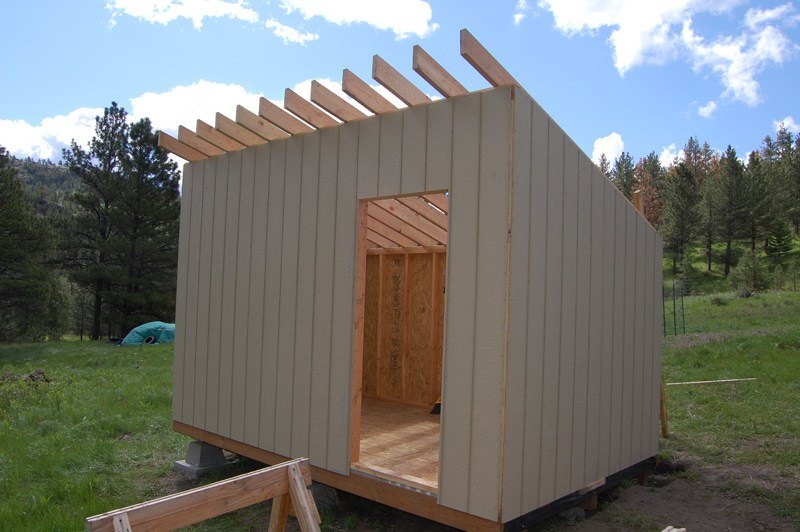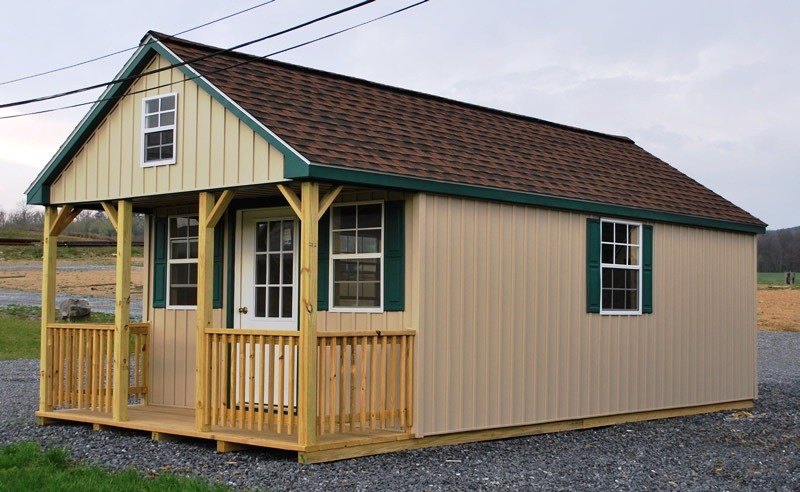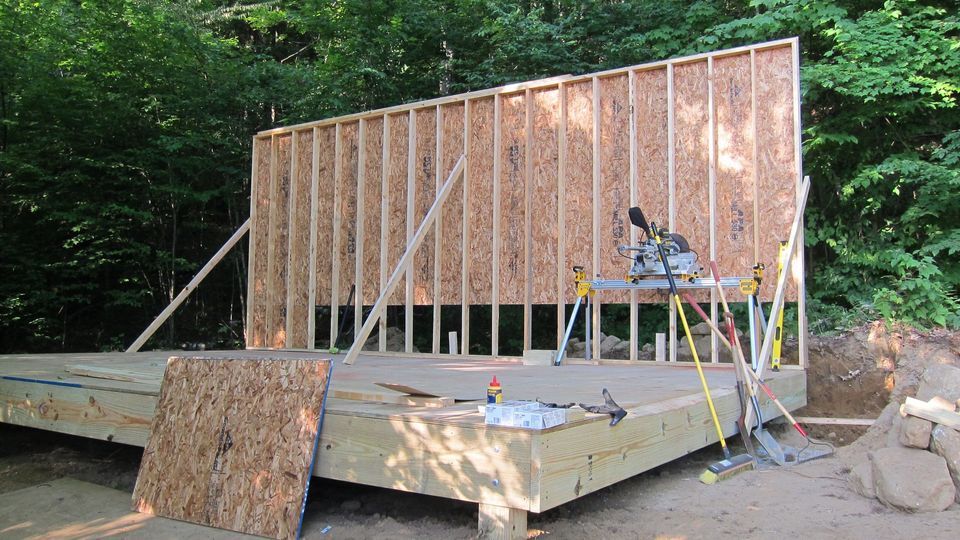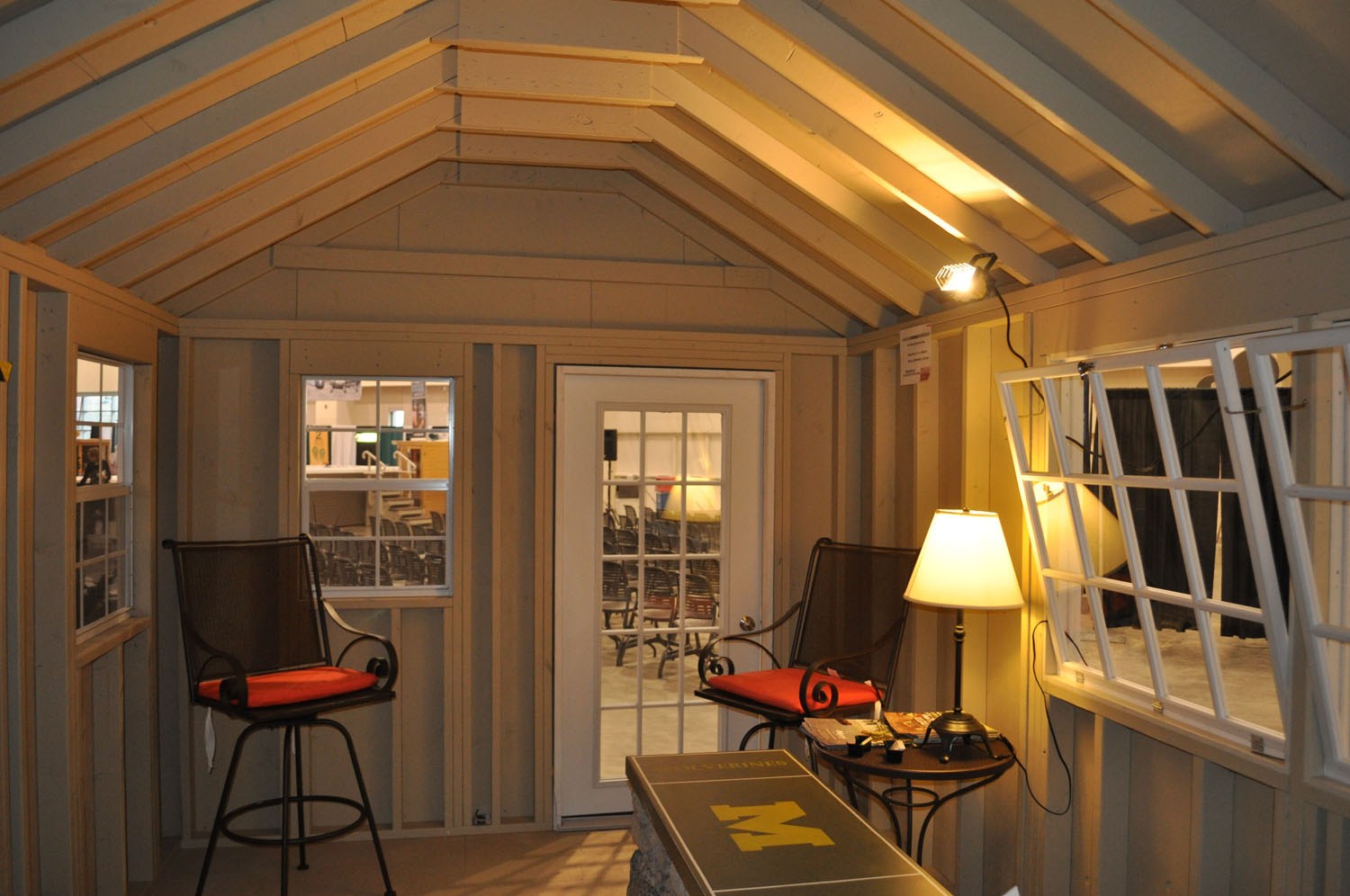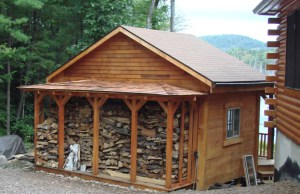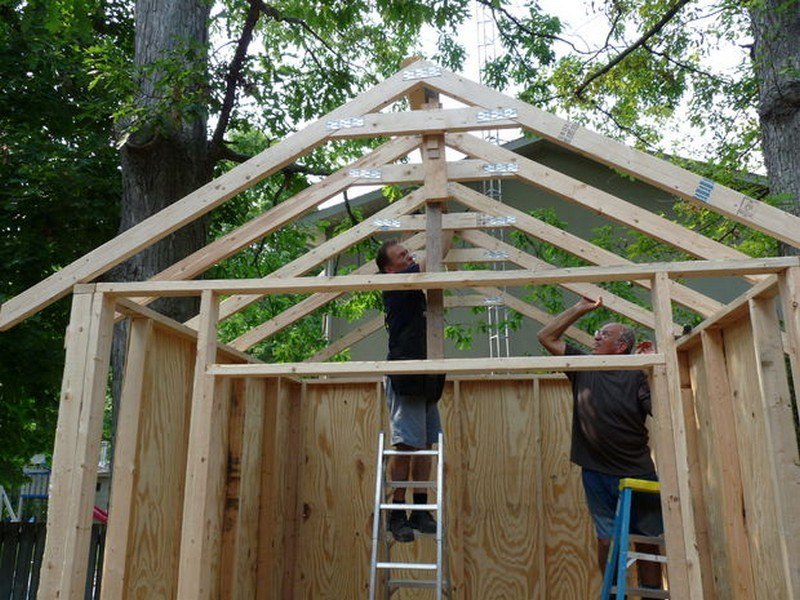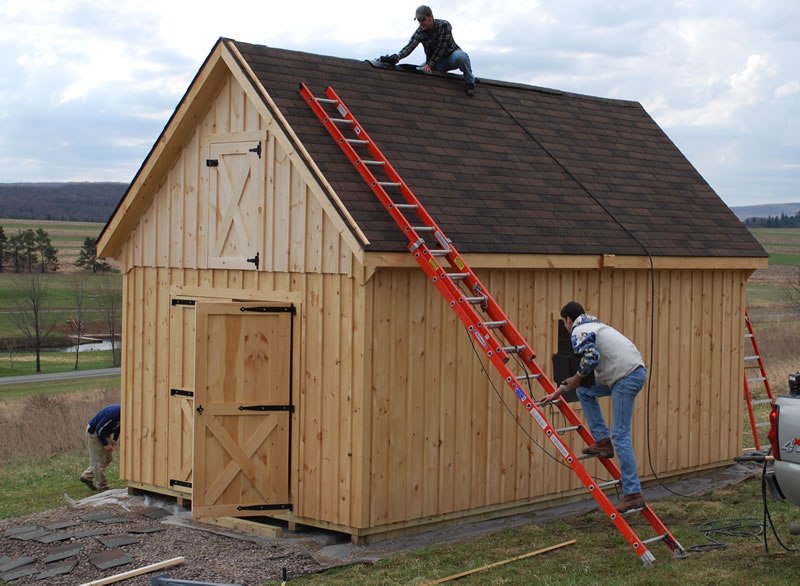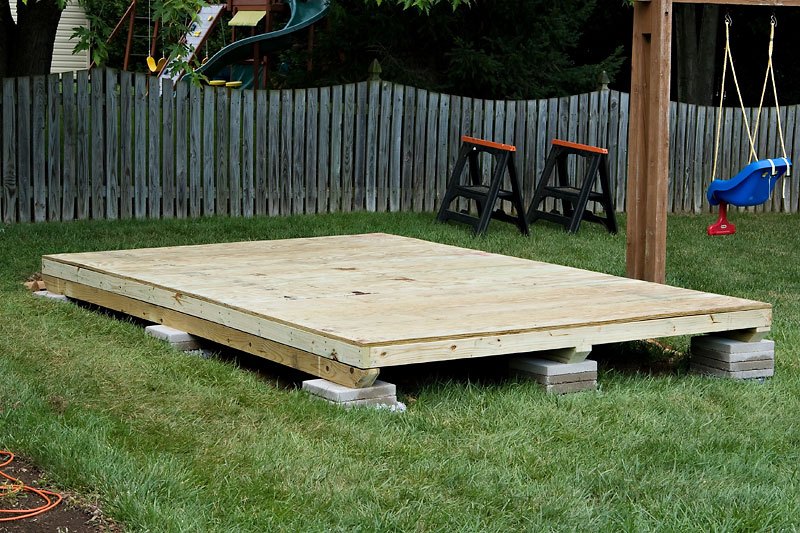The Penny-Pinched Prepper
Over the years I’ve heard many people describe how they would prep if they won the Lottery.
The Big Survival Truck is usually the first thing mentioned, and it’s almost always a 4-wheel drive multi-ton with brawny winches fore and aft and full stealth capability. Then there’s the all-encompassing armory of truly first-class (and extremely expensive) firearms. Plus tons of ammunition, and a Band-Aid. And a 30,000-acre BOL in Montana with a 17-bedroom underground nuke-proof house and an Olympic-size Jacuzzi—all solar-powered, of course.
Unfortunately, most of those people don’t do very much prepping while they’re waiting for their winning numbers to pop up. They just don’t have the money.
In today’s troubled economy, money goes fast, but it doesn’t go far. The average person doesn’t have enough money in the bank to carry them (and their family) through one month of lost income, much less a full-scale disaster. A person should always try to have some kind of emergency reserve. Not having emergency funds doesn’t leave much room for prepping.
So what can a poor penny-pinched Prepper possibly do?
Simple: Get four envelopes and label them Water, Food, Clothing, and Gear. Determine to use the contents of each only for its designated purpose. Then follow these three easy steps to fill them up with money:
Sell
Take a good look at everything you own. Then sell everything you don’t actually need and/or use except items of genuine sentimental value. Everybody needs two 9/16″ wrenches. But if you have three, you should sell one. Even if you can only get $0.50 for it. It may seem like a small thing—too little to be worth bothering with—but the average adult has about $2,500.00 worth of possessions they neither use nor need. Those are the things that should fund your first preps.

Sell everything that you don’t need or want to make money which could be used to purchase prepping supplies or simply build a nest-egg for harder times.
Auction the good stuff on the Internet, have a few yard sales, rent a stall at a flea market, advertise in the free Classifieds, and tell all your friends. Be persistent. Eventually, you’ll sell it all. Trust me on this: Somewhere, somebody desperately wants that three-headed elephant statue that someone must have given you because you’d never buy anything like that, especially if it cost money and you weren’t drunk. However much money this step makes, divide it equally into your four envelopes. (Water, Food, Clothing, and Gear)
Buy
Think outside the box and purchase wisely. Water, of course, should be your first concern. It’s far more critical than food. A person can last a month without eating, but after three days without water they’ve stopped lasting and started dying. The minimum water allowance should be 1 gallon per day, per person. Set 5 gallons per person as your first water goal, and pursue it with the cost of the container in mind. You can buy 3 gallons of “spring water” from the Wally Store for $5.78—but you shouldn’t.
Instead, collect freshly emptied 2-liter soda bottles, rinse them out, and fill them with food-grade water right out of the tap—at the rate of about $1.50 per 1,000 gallons. Price: $0.01, rounded up. Also collect every screw-top beer can you can get your hands on. Wash and rinse them thoroughly and then you can use them for storing water and many other needful things. Free cardboard boxes can be collected from supermarkets to store your water bottles neatly and to shift them fast if you ever have to bug out.
Don’t worry about purifying tap water that goes into clean containers. The chlorine that’s already in it will do that job for you automatically. Gradually work your way up to storing 30 gallons per family member, if you can. When you reach your water storage goal, empty the Water envelope into Buy/Sell.
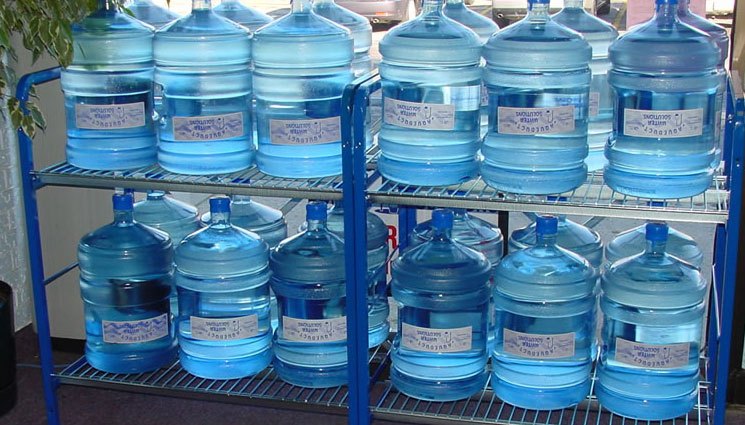
Water should be the very first item you stock up on.
Food should be your next concern because in an emergency the supermarkets will be picked clean within hours. Do all your panic-buying long before it’s time to panic—then you’ll never have to. Again, shop wisely: Don’t automatically shop at the most expensive supermarkets. Go to the cheaper ones, and also check out any Bent & Dent Stores in your area. Many times the canned goods there aren’t dented: They just came out of torn cartons. Clip coupons and look for sales. Be sure to check out any local auction houses. Some have monthly food auctions where you can get almost anything except fresh meat at amazingly low prices—as low as 10% of retail for some things.
Buy long term storage foods only, plus whatever you find that you would normally buy in your ordinary shopping. After each auction, figure out how much you saved on the regular shopping items and add that much as cash to your Food envelope. What you save on regular items at the auction is the time and gas you would have expended in ordinary shopping. The cash saved can go to your preps without impacting your standard of living.
The first rule is “Store what you eat and eat what you store.” If you hate green olives, don’t buy a gallon just because they happened to be cheap at the moment. You should stock only foods that you are accustomed to and like. ALL your foods should be comfort foods. Emergencies are stressful enough. There’s no need to add diet discomfort to the situation. Store the kinds of food you are eating, eat the food you have stored before its expiration date, and replace it as you do.
Buy rice and beans because they are cheap and provide complete amino acids when eaten together—but be sure to acquire the recipes that make them into superb meals. Buy canned beef, pork, and chicken, plus soups and vegetables. Buy white pasta because it keeps longest. (Spaghetti packs very compactly.) Ramen noodles are cheap, but go rancid in about two years. Buy extra virgin olive oil and canned lard. Both have their different uses.
The second rule is to buy in small containers. Refrigeration may not be available, so don’t buy canned vegetables by the gallon—unless your family is large enough to eat a gallon in one day.
The third rule is to buy variety: Don’t buy 100 lbs. of rice and 100 lbs. of beans and 10 lbs of “everything else”. Buy some of every kind of food you like, plus enough spices to put some serious zing into your cooking. When the flat-screen TV is dead, meals may become the high moments of the day.
Your first food goal should be three days (nine meals) for each person in your family. Do some careful calorie counting, and plan for three 1500-calorie meals a day. That’s more than the total 1500 calories a day many people recommend, but emergency situations are stressful, and usually require a lot of manual labor (such as walking instead of riding). The idea is to maintain your optimum body weight, not to drop to your minimum.
Gradually work up to a thirty-day food supply, and eventually try for ninety. When you’re good for food, retire the Food envelope and roll any leftover money into Buy/Sell. Then turn your attention to Clothing.
Start with durable but comfortable foot gear. Buy good new work boots, or military surplus combat boots. Buy several pairs of thick wool socks. Break the boots in, and wear them at least a few hours a week to keep them supple. Buy a surplus military poncho w/ liner. That’s good gear, and you definitely don’t want anything orange or yellow at any price. You may eventually need to be very inconspicuous.
Assemble one complete set of clothes for winter and one for summer. Include a camo hat with a brim and a black knitted watch cap, work gloves, knee pads, two bandannas, and sunglasses. Don’t be too proud to shop the thrift stores for used clothing. Incredible buys can be found there. Plus, in a disaster situation you don’t want to be seen in anything that says “Rich Person/May Have Food”.
When you’re good for clothing, empty the Clothing envelope into the Buy/Sell envelope. Then turn your attention to Gear.
Gear is an endless exercise in optimization. Start small. Buy the cheap stuff first. Haunt the thrift stores, dollar stores, yard sales, and flea markets. Roughly in order of importance: a good folding knife and a good sheath knife for each person. Also two Bic lighters, a Stainless Steel water bottle, personal cooking kit, pocket chainsaw, 30’ of 550 paracord, a tarp, a groundcloth, and a good wool blanket. A buck saw and a ¾-axe for the group, plus a four liter pot with bail & lid. Matches in a waterproof pill bottle for everyone, plus a small first aid kit.
Store your gear in a large gym bag—and with it your three day supply of food and three gallons of water. Two bags is okay, if there isn’t room in one.
All of that will be far too heavy to carry on your back, which is why you needn’t put it in a backpack. Instead of a $100+ backpack, buy an old golf dolly from a thrift store for $3.00 or so. You can tie the bags on and roll your gear instead of having to carry it. You’ll be amazed at how well that works.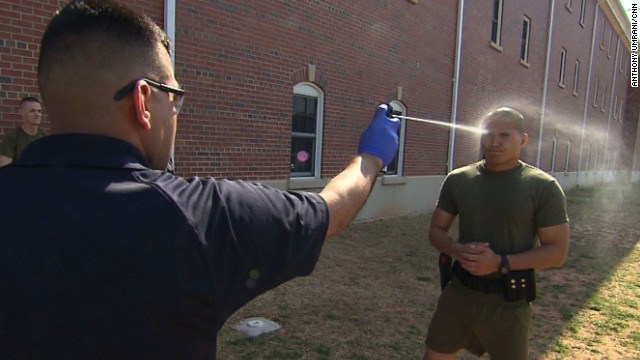
The last part of Gear that bears discussion is personal defense. It’s a sad fact that in a serious emergency or disaster scenario the only animal you’ll find that will be both vicious and eager to attack you will be another person. Every person should carry a razor-sharp machete to chop brush with. Machetes do not run out of ammunition. Mace can also be a good friend in bad times. The best brand is Bear Spray.
Depending on the circumstances and the personal choice of conscience, a firearm may be desirable. The debate over which is best is endless, but having both a pistol and a long gun offers the best of both worlds. Being seen with a long gun can be disadvantageous—it can draw the attention of law enforcement (if there is any law left) and it can draw the first bullet from an unseen sniper on the trail.
For that reason, I recommend the only long gun I know of that can easily be hidden in a Bug out bag, gym bag, or book bag.
That’s a 12-ga slamfire shotgun made according to the instructions in the Kindle eBook The 15-Minute Shotgun. It breaks down into two pieces, the longest being 18-1/2”, reassembles instantly without tools, and can be used for both personal defense and subsistence hunting.
And, to the delight of the average Penny-Pinched Prepper, it only costs $10.00 to make.
When you’re reasonably well geared up, the Gear envelope can also go away, and you’ll be down to one envelope: Buy/Sell. And that brings you to Step 3:
Buy/Sell
Prepping is an ongoing process. It requires a small but continuing subsidy. Use your Buy/Sell money at auctions to buy things you can immediately sell for a profit on Craigslist. By that I mean a good washer-dryer set bought for $50.00 and sold for $200.00 the same week. Or an ugly flatbed trailer bought for $65.00, spray painted generic black, and re-sold for $250.00. Or an immaculate recliner bought for $5.00 and sold for $75.00. I have done all of those things at auctions and many more. I have funded my preps for years with an occasional Buy/Sell and made a little money on the side, too.
Spend your Buy/Sell money however you wish. By the time you’re reasonably well geared up you’ll probably know exactly what you next prepping goals should be. Whatever they are, they’ll probably be as uniquely individual as you are.
In my case, I’m saving up for that solar-powered Jacuzzi.
Over the years I’ve heard many people describe how they would prep if they won the Lottery. The Big Survival Truck is usually the first thing mentioned, and it’s almost always

